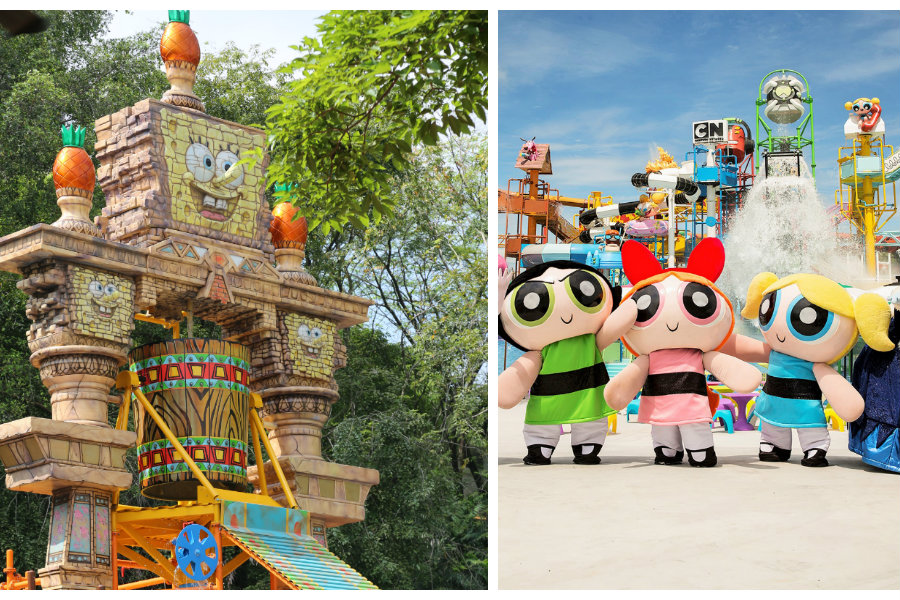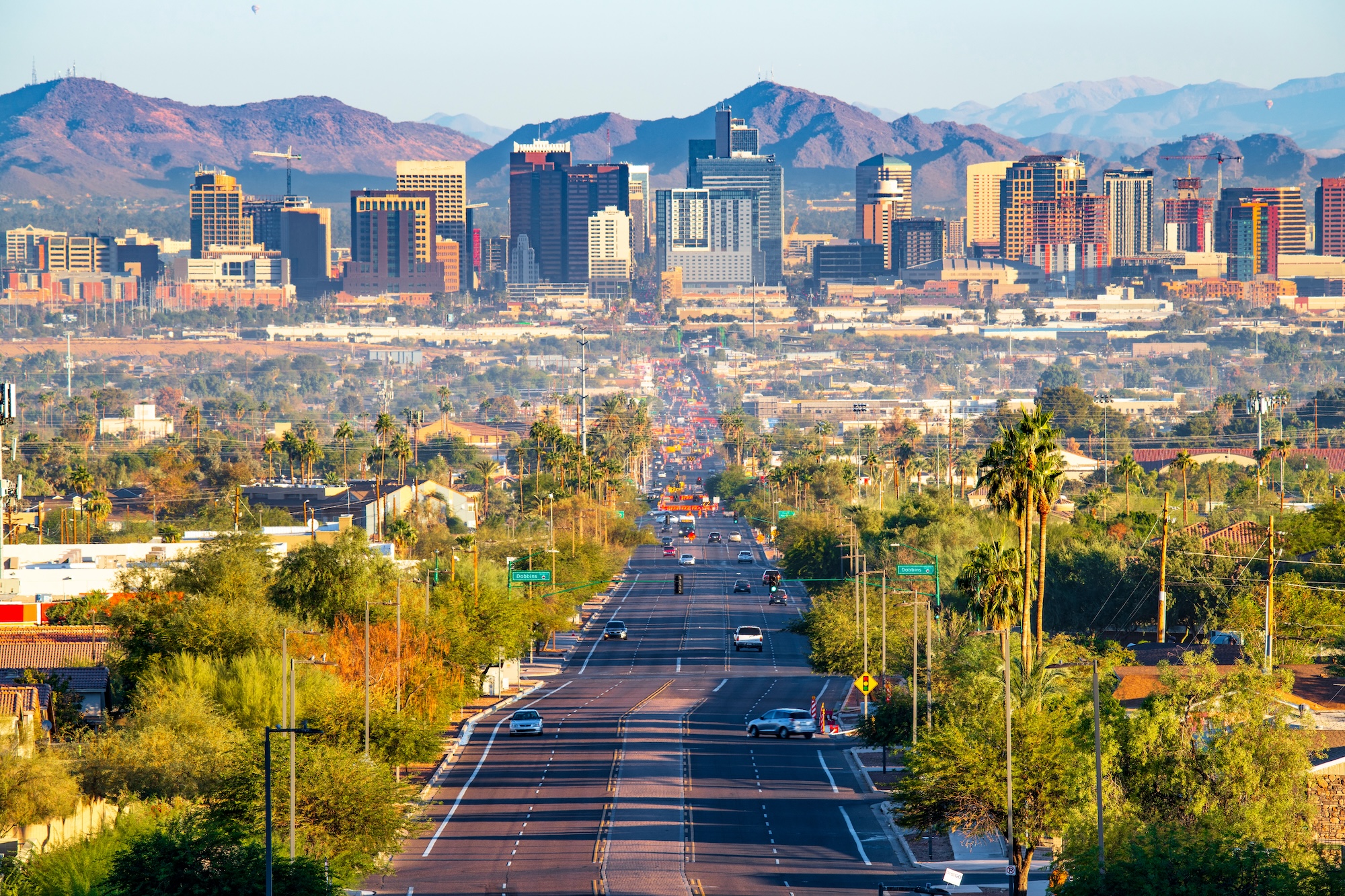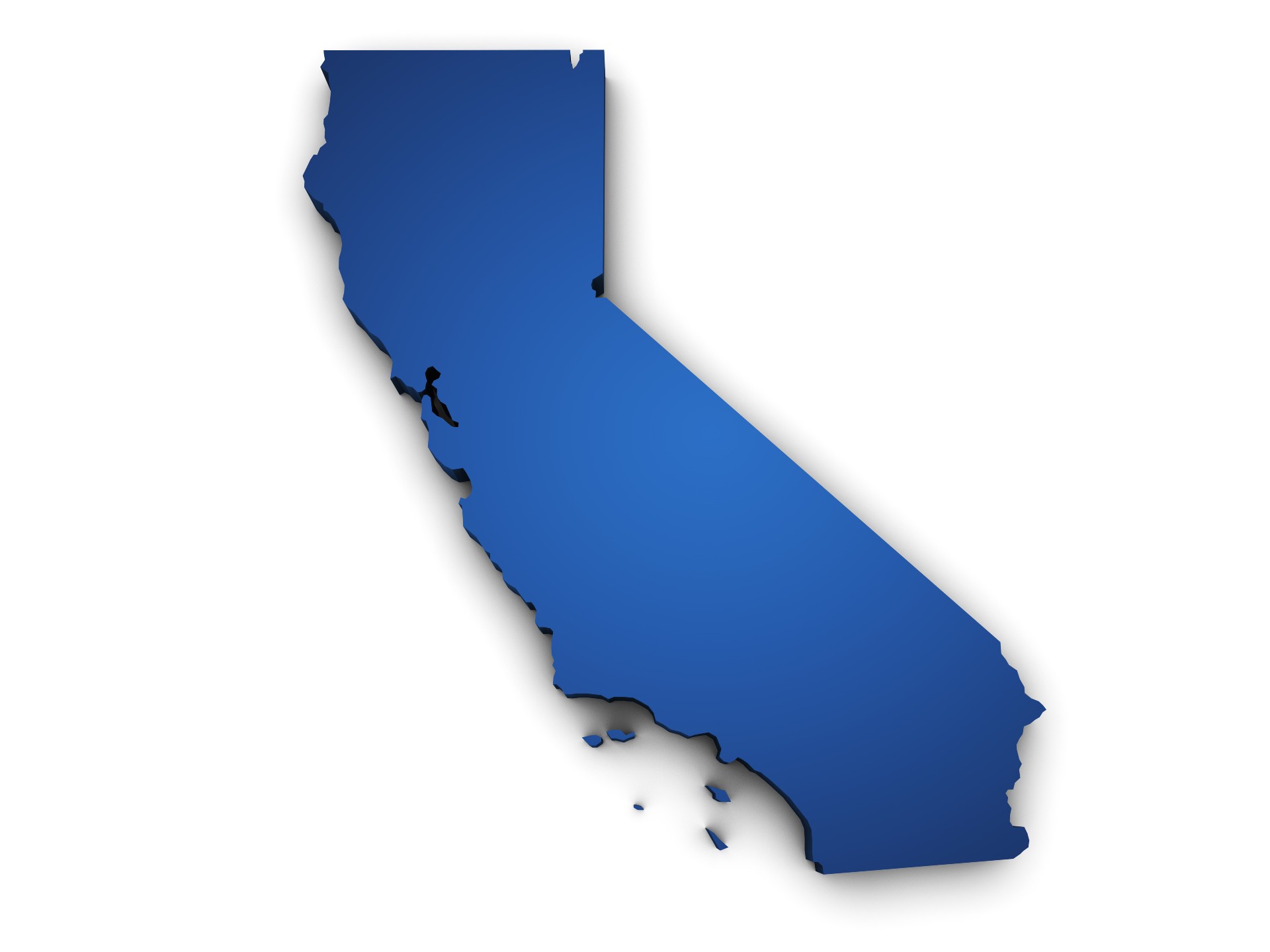Of this year’s slate of Dream Designs winners, three were waterparks. And of those, two are themed around intellectual property owned by someone else – namely cable animation networks.
This isn’t a coincidence.
Nickelodeon Lost Lagoon in Selangor, Malaysia, and CN Amazone Waterpark in Bang Saray, Thailand, were designed by separate companies – Whitewater and Polin Waterparks, respectively. Yet they demonstrate the same trend, namely the licensing of intellectual property for use in waterpark design.
Integrating characters such as Nickelodeon’s SpongeBob SquarePants or the Cartoon Network’s Powerpuff Girls is a quick way to reach certain demographics and help draw them to properties. Especially in competitive markets, such internationally recognizable visages can help siphon attendance from more established properties more quickly.
Dry amusement parks have adopted this strategy for years, but it now seems to be taking hold in waterparks. “I think it’s a matter of maturation and length of time in the industry,” said Sean Hinton, president, Waterparks and Attractions Division for WhiteWater, based in Richmond, B.C., Canada. “The dry side of the industry is over 100 years old. The waterpark industry kicked off in earnest in the late ‘70s.”
While some of the larger waterparks have created and copyrighted their own characters and storylines, some mid-tier properties now are adopting globally recognized materials from other entities. And this theming is going a little deeper – in the case of CN Amazone, the integration of the characters or storylines on all watersides on the property, said Sohret Pakis, director of marketing and communications with Polin, based in Dilovasi, Kocaeli, Turkey.
While there hasn’t been an explosion of this kind of waterpark, designers report that more clients want to at least explore this option during the planning stages. It’s just an outgrowth of a growing emphasis on theming, Pakis said: Consumers no longer are satisfied with just the experience of going down a slide; they want to take part in a story.
While these arrangements have the potential to garner high return on investment, they also will add another component to the long-term operation of the facilities. “There’s going to be a new partner, because brands are not going to just walk away,” Hinton said. “They’re going to want to make sure that their brand intent is maintained and that levels of design and quality are very well understood and complied with. So … there will be an ongoing relationship.”
And incorporating well known characters doesn’t guarantee success. Designers and their clients must diligently explore the options and determine how brands will align with the targeted demographics. “I think a lot of parks just assume that the more theming or storyline that they put into their parks, the better,” Hinton said. “I’ve seen circumstances around the world where mistakes have been made with that particular element of planning, and it actually has a detrimental effect on the guests’ experience.”
But overall, this trend points to great things for the industry, he said. Not only are waterpark developers interested in this specialized theming, but the owners of these characters and storylines are increasingly open to waterparks: “It means that a lot of the large international licensing and big entertainment companies are paying attention to our industry, and that means that our industry is in the right place and obviously getting more exposure,” Hinton said.



